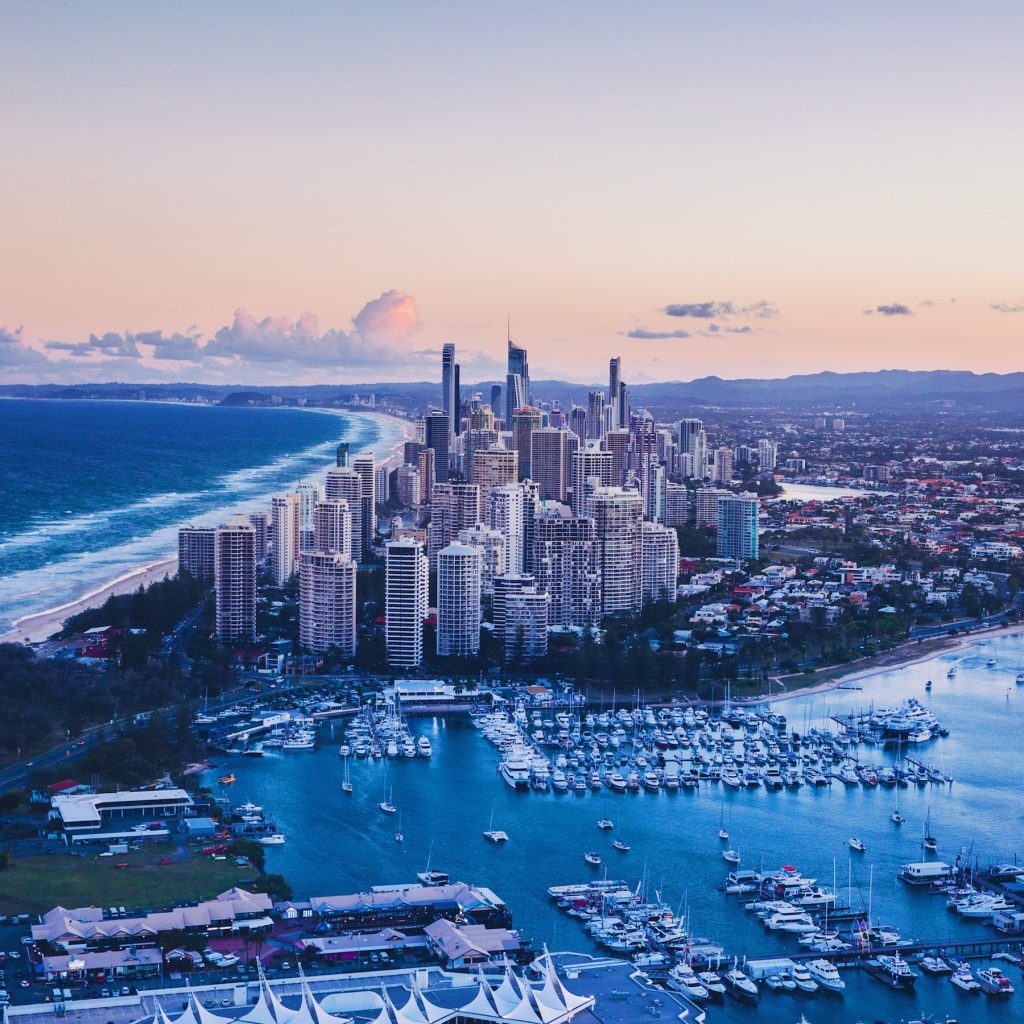Living by the ocean or anywhere close to the seas is a dream for many Australians. Areas like the Gold Coast and Sunshine Coast continue to be a construction boom, for both houses and multi-residential apartments. However, being in close proximity to the ocean does come with its downfalls. Sea breezes, storm tides and salty air means that all properties need to be constructed to withstand the effects of the coast. Here are the key considerations to coastal construction.
Consider Corrosion
Saltwater accelerates the process of corrosion, so it is very important to be mindful of this when constructing a home or residential building. The NCC (National Construction Code) does require buildings and homes within 10km of breaking surf (areas exposed to the open sea) and up to 1km of non-surf coastline (a river) to comply with corrosion protection requirements.
To minimise corrosion, make sure to choose professional builders with experience in coastal construction, like Solutions Built, who should know how to make sure a structure is compliant with these requirements.
Wind Loads
All buildings and homes along the coast are subject to extremely high winds. The National Construction Code (NCC) advises that a building must “perform adequately under all reasonably expected design actions” and “withstand extreme or frequently repeated design actions”. This includes the effects of wind loads.
Wind load is a dynamic force of the wind against the surface of a structure, including high rise buildings. To determine a wind load for your coastal construction, whether it is a house, commercial building or retail building, you must refer to AS 1170.2 Structural Design Actions and AS 4055 Wind Loads for Housing under Australian Standards.
Potential Water Damage
Views might be sensational, and you might be enjoying the life close to the sea, but remember, strong winds and wild coastal weather can lead to water damage. For a home, you should consider longer overhangs on your roof and fewer windows facing those strong sea winds, of course, without compromising your view.
In addition, it’s not uncommon for coastal properties to fall into flood zones, especially if you’re particularly close to the shoreline. Water damage can be more severe too, thanks to waves, storm surges and storm tides, with water about 1000 times denser than air, meaning fast moving water will generate a much larger force on structures than wind will.
If building in a storm tide prone area, there are many coastal construction considerations you’ll need to follow to minimise damage, including building the habitable floor level of your project as high as possible from the ground (such as a building a high-set property on stumps), providing as little resistance as possible to the flow of seawater on the floor level, and using appropriate materials resilient to immersion in sea water, and ensuring they are properly maintained.
Choosing the Right Building Materials
The final consideration for coastal construction is the types of building materials you should use. There is no building material so powerful that it will withstand the effects of the sea. However, there are a few building materials that are more durable, resistant to some hazards and require less maintenance.
Bricks are known for being a highly durable building material that is guaranteed to withstand the test of time, especially under harsh coastal conditions. They are weatherproof and require very little maintenance, plus they are a cost-effective option.
Similarly to bricks, concrete is a strong, durable and resilient building material in any environment. It does not rust or rot and it is low maintenance. The great thing about concrete is that you can mould it into any shape, which is particularly useful if you are after creating a completely unique beach house or set of apartments.
AFS Logicwall as an external facade material is water resistant and acts as a successful barrier to any water entry. It has been a tried and tested material for both city-based locations and coastal locations.
With clever design, you will be able to get the most out of these building materials.
Speak to Solutions Built About Your Coastal Construction Project
Whether you plan on building a new coastal residential apartment block or a luxury waterfront home, we highly recommend seeking advice from a construction company. Our team at Solutions Built know the best materials and techniques to use with coastal construction projects. We can also help you construct your dream home or building. Please get in touch to find out how we can make your coastal living dream a reality!
